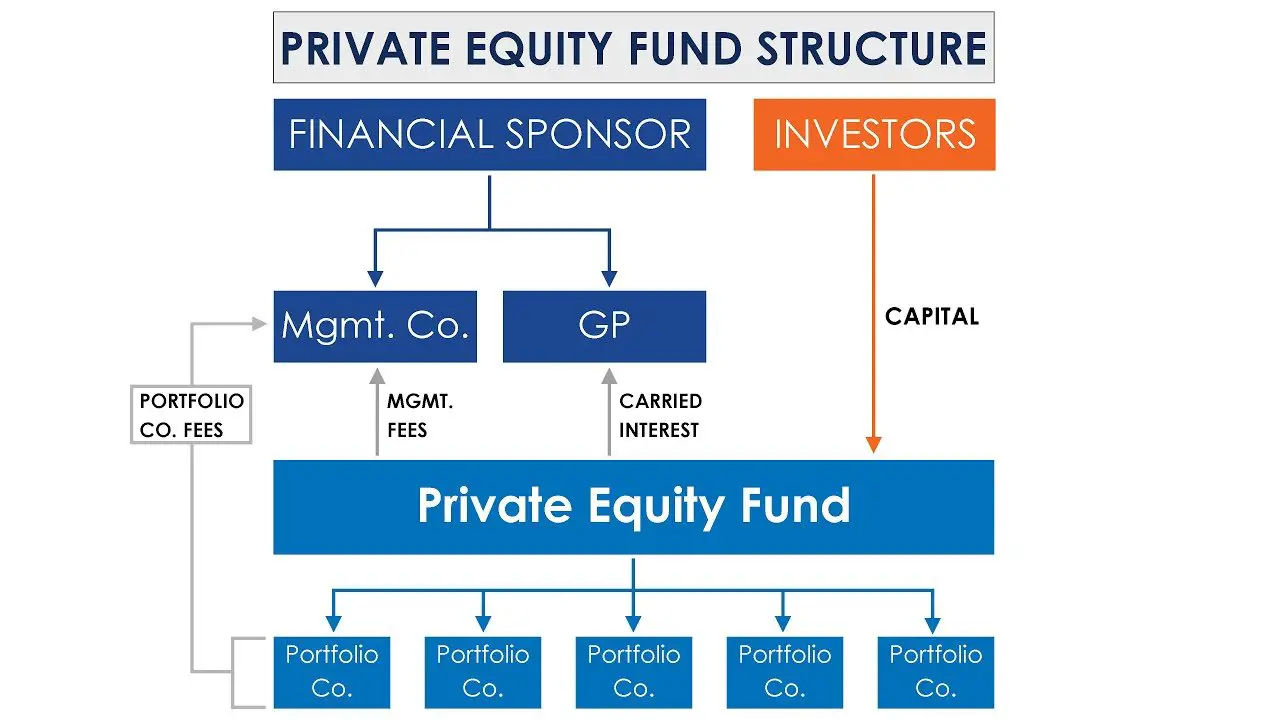Once upon a time, in the mystical world of finance, there was a magical concept called “diversification.” It was widely known that diversification could protect one’s wealth from the wrath of economic downturns and the unpredictable nature of financial markets. But, like any enchanted tale, there was a twist: mastering the art of measuring diversification was essential to unlocking its powers.
In this gripping story, we will venture into the world of portfolio diversification, unveiling the secrets to measuring it and answering your burning questions.
The Enchanted Forest of Diversification
Before we embark on this journey, let’s understand what diversification is.
Simply put, it refers to the practice of spreading your investments across various assets, industries, and geographies to minimize the overall risk.
This way, even if one investment falters, the others can provide a safety net and ensure your portfolio’s stability.
The Magic Wand: Correlation
The first step to measuring diversification is understanding the concept of correlation.
In the financial realm, correlation is the magical wand that helps us understand how different assets move in relation to each other.
A correlation coefficient ranges from -1 to 1, where -1 signifies a perfect negative correlation, 1 signifies a perfect positive correlation, and 0 indicates no correlation.
The key is to find investments with low or negative correlations, as this implies that when one asset performs poorly, the other may not be affected or may even perform well.
Thus, adding negatively correlated assets to your portfolio is like weaving a protective spell around your investments.
The Quest for the Perfect Diversification Measure
Our journey continues as we search for the perfect measure to gauge a portfolio’s diversification.
There are several metrics to choose from, each with its strengths and weaknesses.
The Concentration Ratio
The concentration ratio is the simplest measure, calculated as the largest holding divided by the total portfolio value.
A lower concentration ratio suggests a more diversified portfolio.
The Herfindahl-Hirschman Index (HHI)
The HHI is a more sophisticated measure, calculated by squaring the percentage holdings of each asset and then summing them up.
The lower the HHI, the more diversified the portfolio.
The Diversification Ratio
This ratio measures diversification by comparing the weighted average of individual asset volatility to overall portfolio volatility.
A higher diversification ratio indicates better diversification.
The Kingdom of Portfolio Analysis
Now that we have the magical tools, let’s venture into the kingdom of portfolio analysis to assess diversification.
Here are the steps to follow:
- Identify the assets
List all the assets in your portfolio, including stocks, bonds, and other investment vehicles.
- Determine the weights
Calculate the percentage of each asset in your portfolio.
- Calculate correlations
Compute the correlation between each pair of assets.
- Select a diversification measure
Choose the most appropriate measure based on your needs and preferences.
- Analyze the results
Interpret the diversification metric, and make adjustments to your portfolio as needed.
The Sorcerer’s Guide to Modern Portfolio Theory
As we delve deeper into the realm of diversification, it’s essential to pay homage to the sorcerer of finance, Harry Markowitz, who introduced the Modern Portfolio Theory (MPT).
MPT emphasizes the importance of diversification and provides a mathematical framework to balance risk and return. It helps investors create an “efficient frontier” – a set of optimal portfolios that maximize expected returns for a given level of risk.
To apply MPT to your portfolio, follow these mystical steps:
- Estimate expected returns
Forecast the returns of each asset in your portfolio.
- Calculate asset covariances
Determine how the assets move together using covariance matrices.
- Optimize the portfolio
Using the expected returns and covariance matrices, find the optimal asset allocation that minimizes risk for a given return or maximizes return for a given risk level.
By incorporating MPT into your diversification analysis, you can optimize your portfolio and better understand the trade-offs between risk and return.
The Enchanting World of Alternative Investments
In your quest to diversify your portfolio, you may encounter magical creatures known as alternative investments.
These include private equity, venture capital, hedge funds, real estate, and commodities. Alternative investments can offer unique benefits, such as low correlations with traditional assets, and can be an excellent way to further diversify your portfolio.
But beware!
These investments can be more complex and less liquid than their traditional counterparts. It’s crucial to understand the risks and rewards associated with alternative investments before adding them to your diversified portfolio.
The Spell of Rebalancing
A well-diversified portfolio is a living, breathing entity that requires regular care and attention.
As time passes and markets fluctuate, your portfolio’s asset allocation may drift away from your original diversification strategy.
Rebalancing is the powerful spell that restores your portfolio’s balance, ensuring that it remains in line with your investment goals and risk tolerance.
To cast the rebalancing spell, follow these simple steps:
- Review your portfolio
Regularly assess your portfolio’s current asset allocation and compare it to your desired allocation.
- Identify the deviations
Determine which assets have drifted from their target allocations.
- Realign your investments
Adjust your holdings by buying or selling assets to restore your portfolio’s balance.
Remember, timing is crucial when it comes to rebalancing. Establish a schedule, such as quarterly or annually, and stick to it to keep your portfolio’s diversification in check.
In this spellbinding journey, we have ventured into the world of portfolio diversification, exploring the magic of correlation, the quest for the perfect diversification measure, the wisdom of Modern Portfolio Theory, and the enchantment of alternative investments.
As you continue to hone your skills in the art of measuring diversification, may your portfolio flourish and your wealth multiply under the protective spell of diversification.
The Sacred FAQ Scroll
As we conclude this enchanting tale, let’s unravel the wisdom of the sacred FAQ scroll:
There is no one-size-fits-all answer, as the best measure depends on your unique investment goals and risk tolerance. The concentration ratio, HHI, and diversification ratio are all popular choices.
The 5% rule of diversification suggests that no single investment should make up more than 5% of your overall portfolio. This rule helps ensure that no single asset can significantly impact your portfolio’s performance and risk profile.
The diversification ratio is a measure that compares the weighted average of individual asset volatility to the overall portfolio volatility. A higher diversification ratio indicates better diversification, as it suggests that the assets in the portfolio are providing a more effective risk reduction.
A well-diversified portfolio typically has a mix of asset classes, industries, and geographical locations, as well as low or negative correlations among its components. By analyzing the chosen diversification metric (such as the concentration ratio, HHI, or diversification ratio) and the correlations between the assets, you can determine the level of diversification in your portfolio.
Asset allocation: This involves spreading investments across various asset classes, such as stocks, bonds, and real estate.
Industry diversification: Investing in a mix of industries helps protect against sector-specific risks.
Geographical diversification: Spreading investments across different regions and countries can help mitigate risks associated with local economic conditions.
Time diversification: This refers to the practice of investing consistently over time, allowing for a more balanced exposure to market fluctuations.
Benchmarks for a diversified portfolio can vary depending on an investor’s goals, risk tolerance, and investment horizon. Generally, a well-diversified portfolio should have:
A mix of asset classes, industries, and geographies.
Low or negative correlations between its components.
A concentration ratio below a predefined threshold (e.g., the 5% rule).
A low HHI, suggesting a more even distribution of assets.
A high diversification ratio, indicating effective risk reduction.
Final Words
In this captivating adventure, we have explored the magical world of portfolio diversification, unveiling the secrets to measuring it and answering some of the most frequently asked questions. Armed with this knowledge, you are now ready to conquer the challenges of portfolio management and harness the powers of diversification to protect and grow your wealth. Remember, the art of measuring diversification is an ongoing process, and regularly assessing your portfolio is key to maintaining its enchanted powers.



